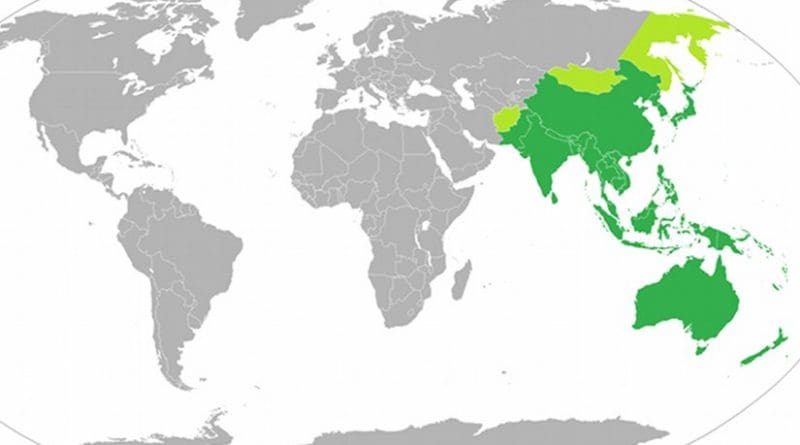Asia-Pacific: Reinvigorating Domestic Demand Important For Reviving Growth
Economic growth in the Asia-Pacific region is neither robust nor inclusive enough to support the 2030 Agenda for Sustainable Development, according to the year-end update of the flagship report of the United Nations Economic and Social Commission for Asia and the Pacific.
The report, launched Wednesday by Dr. Shamshad Akhtar, Executive Secretary of ESCAP, highlights the importance of reinvigorating domestic demand and recommends that countries take a more proactive stance on fiscal policy and strengthen productivity rather than relying excessively on debt to sustain growth.
“The adoption of the 2030 Agenda comes at a time when the global policy makers are still struggling to revive economic growth despite taking extraordinary measures. While the 2030 Agenda promotes a broader concept of human welfare, robust growth is important for creating jobs and improving overall development outcomes”, said Dr. Akhtar. She added that “the slowdown in the region’s economic growth is raising doubts about Asia and Pacific’s continued ability to lead the way forward to global economic
recovery.”
The Year-end Update of the Economic and Social Survey of Asia and the Pacific 2015 shows that developing economies in the Asia-Pacific region grew by an estimated 4.5 percent in 2015, the lowest since 2009, as private consumption and investment slowed down while exports remained sluggish. An expected boost from the moderate recovery in advanced economies and lower international commodity prices has been offset by the gradual slowdown in the Chinese economy, which is also impacting equity and currency markets in China as well as the region and beyond; few latest episodes of which were observed just recently. This seems to be just a financial market correction as economic fundamentals of China remain broadly strong.
Nevertheless, China does face substantial challenges to sustainability of its growth such as high inequalities, rapid accumulation of private debt, and serious pollution issues.
A modest rebound to 5 percent growth is forecast for 2016, compared to an average 9.4 percent growth in 2005-2007 before the global financial and economic crisis. Other than weak external demand, domestic factors such as weak productivity and wage growth, infrastructure bottlenecks, and slower implementation of reform measures are holding back the growth potential of the region.
The report highlights the challenges facing the region’s central banks and financial regulators. While slower economic growth and lower inflation clearly favor further interest rate reductions, capital outflow and exchange rate considerations, together with financial stability concerns in some countries, call for prudence. The recent increase in interest rates in the United States of America has created external pressure for capital outflows and may lead to a rise in domestic financing costs in the Asia-Pacific region.
“This poses particular challenges for countries which have accumulated significant household and corporate debt through external financing and with significant exposure to the real estate sector”, Dr. Akhtar explained.
Given smaller maneuvering room for monetary policy, the report recommends a proactive fiscal policy stance which provides countercyclical support to the economy and strengthens the foundations for future growth and development. In particular, public expenditures on education, healthcare and infrastructure could strengthen productivity and help achieve the 2030 Agenda for Sustainable Development.
“In order to create more fiscal space to invest in these critical areas, governments should reprioritize expenditures and enhance their efficiency while improving tax policy and administration,” said Dr. Akhtar.
The report highlights some positive steps taken by countries in this direction, including the phasing out of inefficient and inequitable fuel subsidies.
The report notes that despite much progress having been achieved in poverty reduction, significant inequalities of incomes and opportunities remain in many economies of the region, hampering the achievement of broader development goals.
Dr. Akhtar emphasized that, “it is critical that productivity growth is accelerated and that its benefits are passed on to the labor force.”
Rather than relying excessively on debt to support growth, such steps will foster more sustainable growth by strengthening domestic demand and assisting countries in pursuing the 2030 Agenda for Sustainable Development. “Economic growth supported by increases in real wages is more resilient than growth backed by accumulation of debt,” said Dr. Akhtar.

